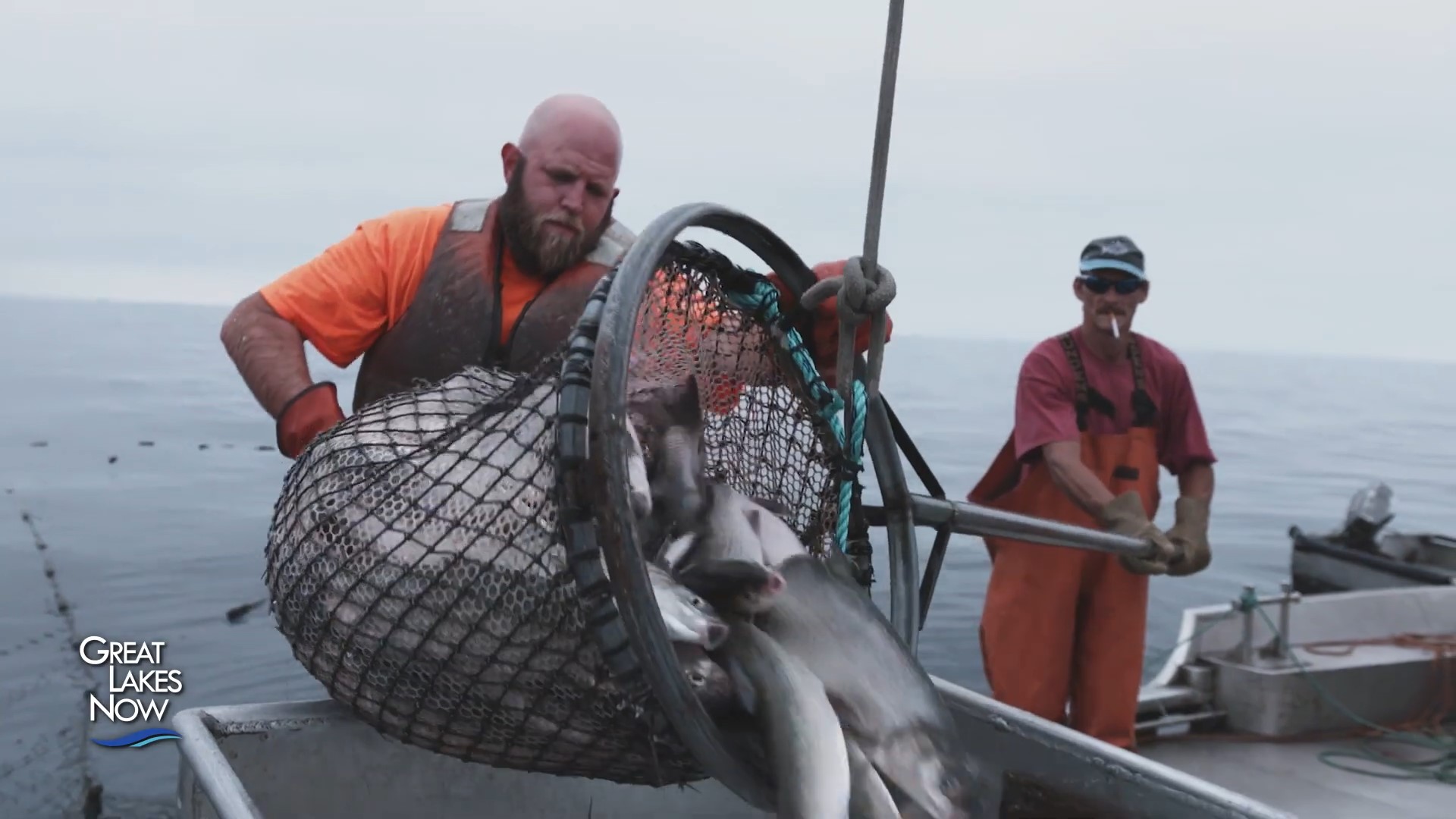
Catching and eating fish is a way of life for many people around the Great Lakes and connecting St. Lawrence River, but decades of industrial pollution have made it unsafe to eat too many, too often. The advice about how many and how often can vary wildly depending on which jurisdiction, even though the fish don’t care about the lines humans draw on a map. In the upper St. Lawrence River, for example, fish consumption advisories are issued by multiple different groups and they rarely agree on what the safe limits are.
“Different size thresholds and different chemicals can trigger advisories in different jurisdictions, and they are communicated in different ways,” said Kristen Lowitt, who studies small-scale fisheries at Queen’s University in Kingston, Ontario.
Lowitt and her colleagues examined fish consumption advisories for the upper St. Lawrence River issued by New York State, the Canadian provinces of Ontario and Quebec, and the Akwesasne Mohawk community. They found big discrepancies in the recommendations.
With yellow perch, for example, Ontario advises the general population that it is safe to consume up to 8 to 32 meals per month, depending on the size of the fish, and young children and women of childbearing age are advised to limit consumption to 4 to 16 meals due to mercury contamination. Across the river in New York State, however, the general population is advised to eat only up to 4 meals per month of yellow perch, and children and women of childbearing age are advised not to eat any due to polychlorinated biphenyls (PCBs). The St. Regis Mohawk Tribe advises that the entire family can eat up to 8 meals of yellow perch per month.
Other studies have also found similar discrepancies in other parts of the Great Lakes system. Kate Crawford, an environmental scientist at Middlebury College in Vermont, and her colleagues looked at consumption advisories from the four states around Lake Michigan and found that, for example, someone who caught a 20 inch lake trout would be told to eat one meal per month in Wisconsin or Illinois; one meal per week in Indiana; or six meals per year in Michigan.
The differing advice makes it difficult for individuals and communities to make informed decisions that affect their health, especially people who rely on catching fish for food security or cultural reasons. And it can be extremely confusing for anglers who just want to make use of what they catch.
“You can catch a fish that crossed an imaginary boundary, and suddenly it’s considered ‘Do Not Eat’,” said Barry Madison, an ecotoxicologist at Brandon University in Manitoba who worked on the St. Lawrence River study.
There are a variety of different drivers behind the discrepancies, Crawford said. Around Lake Michigan, the various states often apply different risk thresholds – one might draw the line at 1 excess cancer case per 10,000 people, while another will only accept 1 per 1 million. They can also use different toxicity limits for chemicals based on judgment calls made at some point in the past.
“Any group of scientists, government regulators, or tribal leaders can look at the same literature and their interpretation can vary based on where they place the most weight, or which new studies have come out,” she said.
The various bodies issuing the advisories need to collaborate more closely, Lowitt said, by developing a shared and transparent approach to monitoring fish and contaminants, integrating more cultural food practices from Indigenous groups that are currently not reflected in the advice, and communicating the advice more consistently across jurisdictions.
However, harmonizing fish consumption advisories is only one response to the problem.
“We also need to think about the underlying problem of how do we deal with all these legacy contaminants and emerging chemicals of concern so that ultimately we don’t need these advisories and everyone can eat healthy fish from the river,” she said.
Catch more news at Great Lakes Now:
Top 10 Fish to Catch: Great Lakes means great fishing
Mapping the Great Lakes: Summertime fishing
Featured image: Bay Port Fish Company from Great Lakes Now Episode 1008




